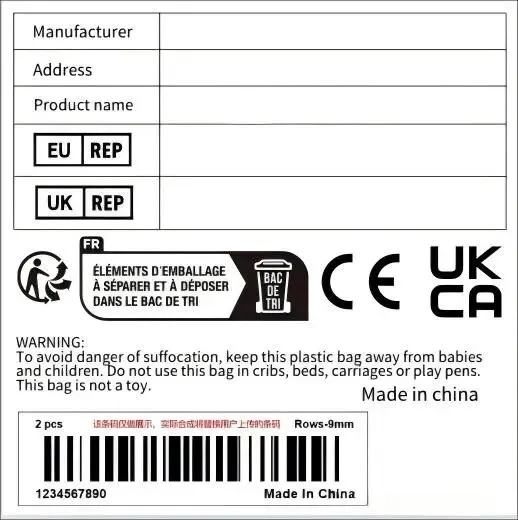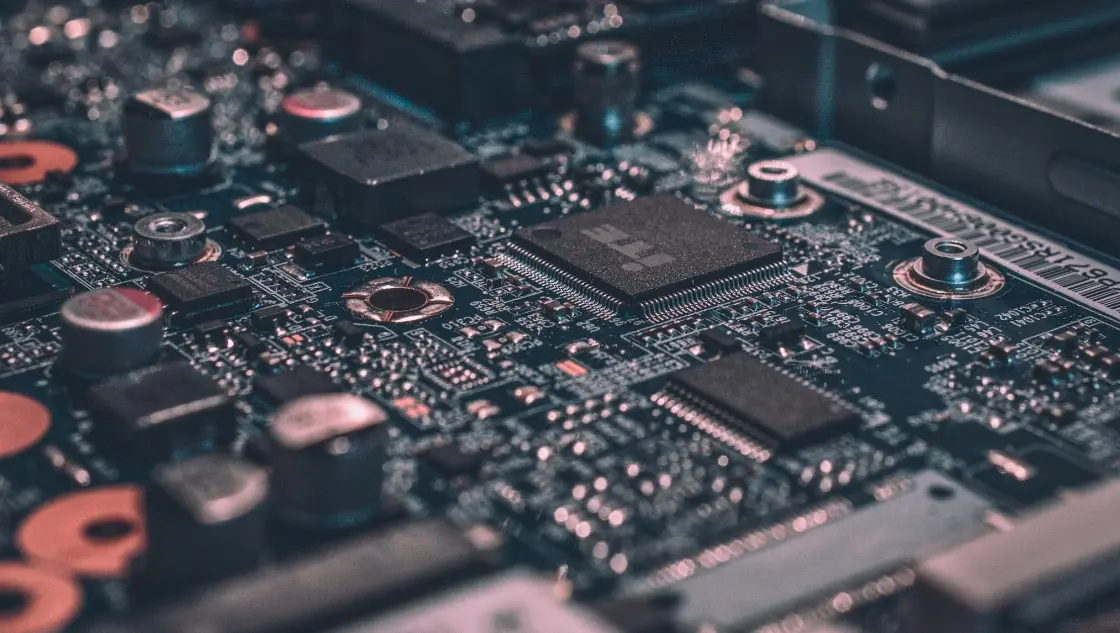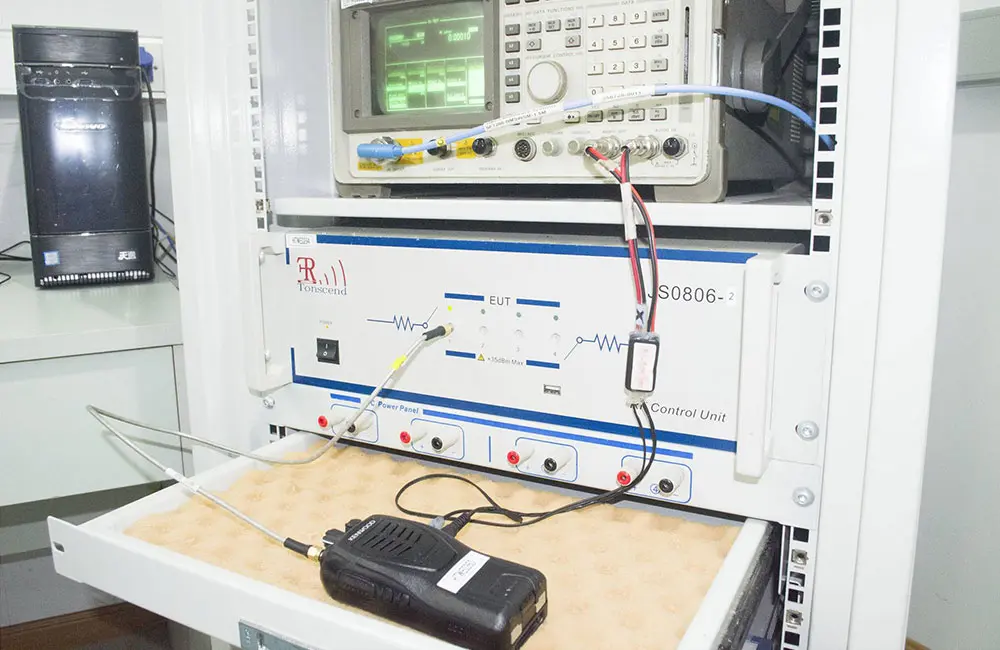
EMC Conducted and Radiated Emissions Testing Laboratory
EMC (Electromagnetic Compatibility) conducted and radiated emissions testing primarily evaluates whether electronic products meet national and international emission limits in the following frequency ranges:
- Conducted emissions: 150 kHz – 30 MHz
- Radiated emissions: 30 MHz – 1 GHz
China's JJR Laboratory, accREDited by CNAS, is equipped with state-of-the-art EMC anechoic chambers and conducted emissions testing rooms. We provide comprehensive services including pre-compliance testing, facility rental, EMI/EMS troubleshooting, and internationally recognized third-party test reports.

Purpose and Importance of Testing
EMC conducted and radiated emissions testing ensures that electromagnetic interference (EMI) between your product and the external environment via power lines remains within controllable limits. This prevents device malfunctions and communication disruptions.
By identifying and correcting EMI issues, products can successfULly obtain mandatory or voluntary certifications such as CCC, CE, and FCC, reducing the risk of post-market recalls and customer complaints.
Products Requiring emc testing
▶ Lighting Equipment: LED lamps, downlights, industrial lights, etc. Power drivers and circuitry are prone to conducted interference.
▶ Household Appliances: Air conditioners, washing machines, rice cookers. High-power motors and switching power supplies necessitate both conducted and radiated testing.
▶ Power Tools: Drills, electric saws, and other motor-based products. Particularly notable for conducted emissions.
▶ Consumer Electronics: Televisions, chargers, speakers. IT and multimedia devices that must comply with GB/T 9254.
▶ Industrial Control Equipment: PLCs, inverters, etc. Require stringent emc compliance to ensure production line stability.
Testing Standards
▶ GB/T 9254-2008 / 9254.1-2021:
Emission limits for IT and multimedia equipment (conducted: 150 kHz–30 MHz; radiated: 30 MHz–1 GHz).
▶ GB 4343.1 / EN 55014-1:
Limits and measurement methods for household appliances and power tools.
▶ GB 17743 / EN 55015:
EMC requirements for lighting equipment, including sources and luminaires.
▶ CISPR 11/22/32/35:
EMC standards for industrial, IT, and multimedia equipment — broader frequency coverage and test items.
▶ fcc part 15 Subpart B:
Radiated emission limits for IT equipment in the U.S. — critical for products targeting the U.S. market.
Testing Methods and Requirements
Conducted Emissions
- Test Site: Faraday-shielded room using a Line Impedance Stabilization Network (LISN).
- Frequency Range: 150 kHz – 30 MHz. Devices must operate under maximum load and typical modes.
- Mitigation Techniques: EMI filters, optimized PCB layout, and improved grounding to reduce interference.
Radiated Emissions
- Test Site: Anechoic or semi-anechoic chamber; standard test distances are 3m or 10m.
- Frequency Range: 30 MHz – 1 GHz (standard); extended testing available beyond 6 GHz.
- Equipment Used: Log-periodic and biconical antennas, spectrum analyzers — testing performed across different angles and polarization.
Testing Procedure
1. Initial Consultation
Communication via email to confirm product type, applicable standards, and testing requirements.
2. Sample Submission
Client sends product samples, user manuals, technical documents, and requirement specifications.
3. Pre-compliance Testing (Optional)
Quick evaluation of EMC performance, with a preliminary report and improvement suggestions.
4. Formal Testing
Full testing based on confirmed standards and project scope.
5. Remediation Support
In case of test failures, our engineers provide technical guidance and solutions.
6. Report Issuance
Upon successful testing, a third-party test report is issued.
Email:hello@jjrlab.com
Write your message here and send it to us
 How to Get WEEE Certification
How to Get WEEE Certification
 Labubu Toy Export Certification Guide
Labubu Toy Export Certification Guide
 How to Get MSDS Sheets
How to Get MSDS Sheets
 What is GPSR Compliance?
What is GPSR Compliance?
 What is Vietnam CR Certification?
What is Vietnam CR Certification?
 What Is an Amazon Japan Agent?
What Is an Amazon Japan Agent?
 Amazon Children’s Toys TIC Direct Validation Compl
Amazon Children’s Toys TIC Direct Validation Compl
 How to Obtain CCC Certification for Toys?
How to Obtain CCC Certification for Toys?
Leave us a message
24-hour online customer service at any time to respond, so that you worry!




